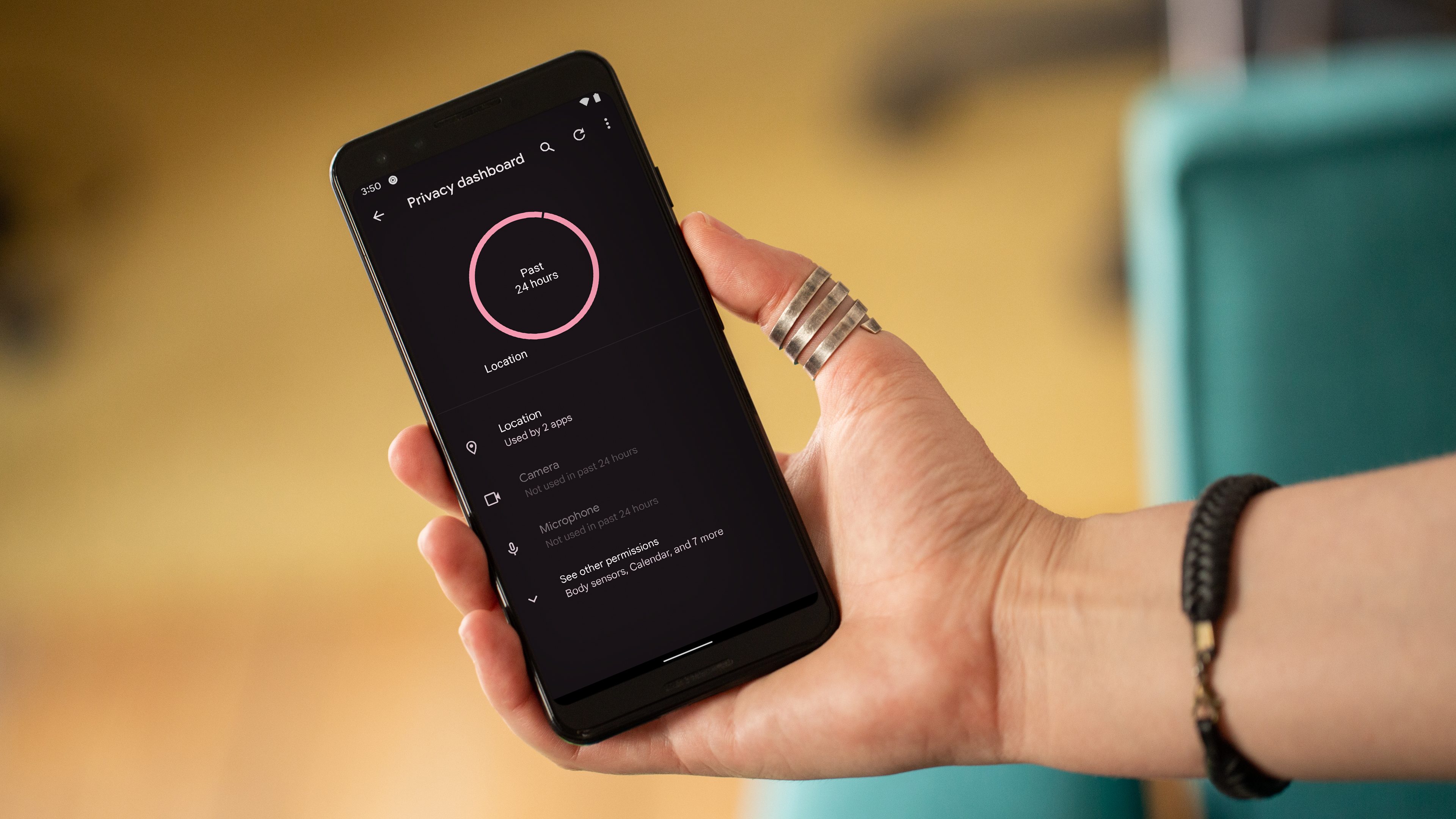[ad_1]
Desk of contents:
Privateness Dashboard
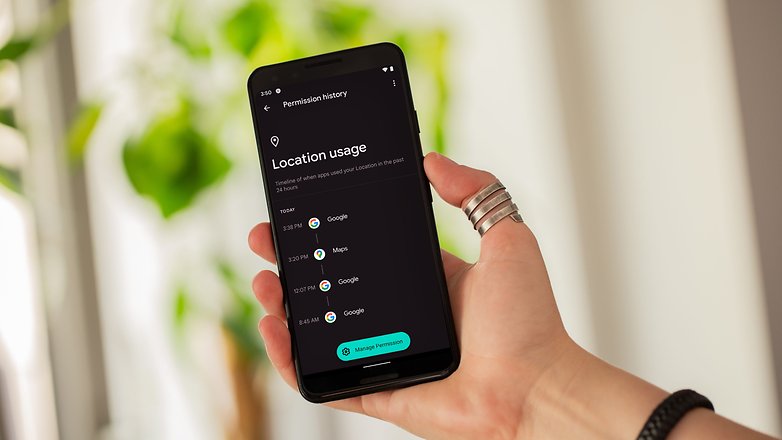
The Privateness Dashboard is a brand new choice that has been built-in into Android 12. With Privateness Dashboard, you may simply verify which current apps have accessed varied permissions similar to digicam, location, and microphone. This manner, it is going to be a lot easier to see how usually an app has used such elements. From this display screen, it’s going to even be attainable to revoke permissions to make issues extra seamless and simpler.
As a way to do that, merely entry the system settings on Android 12:
- Open System Settings.
- Navigate to the Privateness choice.
- Open the Privateness Panel.
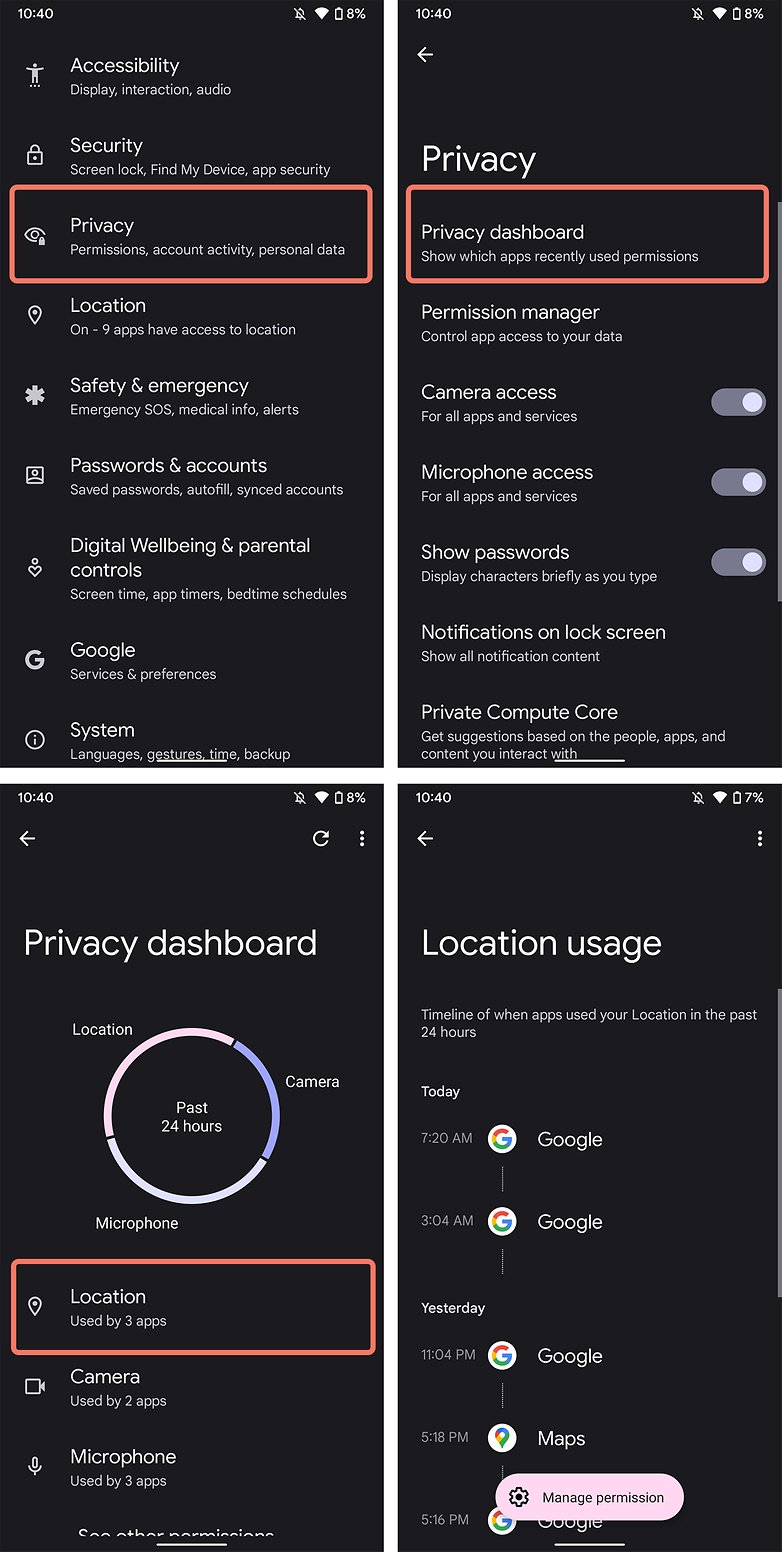
From the Privateness Panel, you’ll verify which facet of your smartphone has apps accessed during the last 24 hours. That is proper, the system will supply a timeline for every permission given. By way of this display screen, additionally, you will have a shortcut to the permission settings for every service, starting from recordsdata and media all the way in which to physique sensors.
This manner makes it very straightforward and swift to determine simply which specific app is hogging the smartphone’s sources and, upon discovering any type of undesirable abuse, it is going to be attainable to revoke permissions that have been allowed beforehand. Moreover, it is going to be attainable to shortly disable among the system options from the short shortcuts panel.
Fast Settings panel
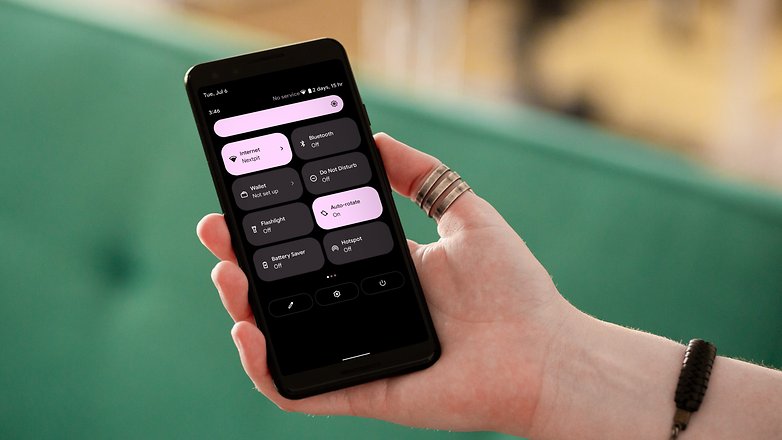
One other privateness optimization setting could be discovered from the short settings panel in Android 12. Along with Location, entry to the digicam and microphone can now be blocked in a jiffy. To take action, merely observe these directions:
- Swipe all the way down to reveal the total Notification Bar. Usually, you would need to swipe twice, the place the primary swipe will reveal simply the primary row, whereas a second swipe will reveal the total listing of choices.
- Faucet on the pencil-shaped icon within the bottom-left nook of the Fast Settings panel (this would possibly differ from one smartphone mannequin to a different).
- Search for the Location, Microphone Entry, and Digital camera Entry shortcuts and transfer them to the Fast Settings panel.
- As soon as that is performed, merely click on on the choice to dam entry or make it out there.
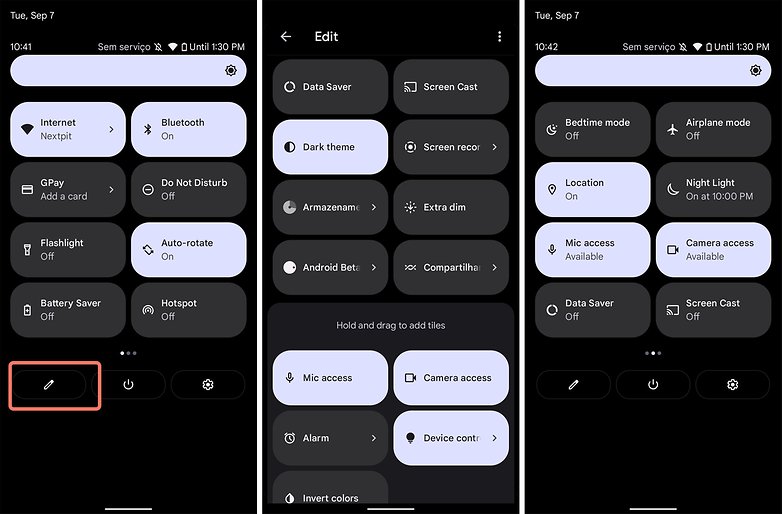
Smartphone function utilization indicators
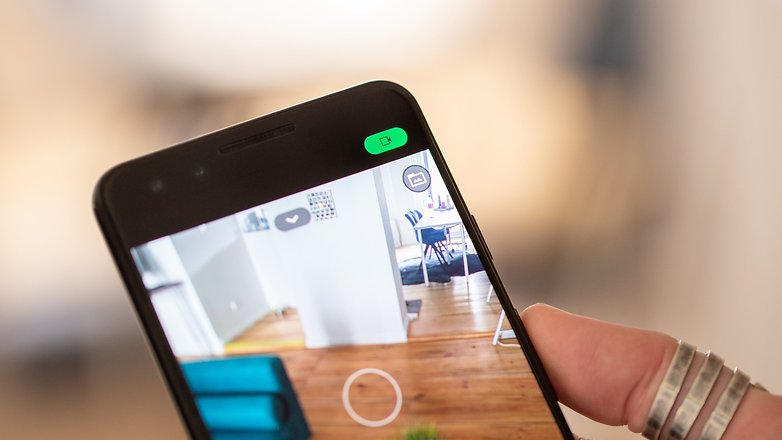
Along with the choices talked about above, a system useful resource utilization alert might be issued from the Android 12 notification bar each time an app is utilizing the telephone’s digicam or microphone. The identical doesn’t happen when a service makes use of the placement although. On this case, nevertheless, the placement icon will seem within the notification bar, as could be seen in Android 11 as we speak.
As quickly as it’s triggered, the digicam or microphone utilization indicator will shortly present an icon of the corresponding function in use. Nevertheless, it’s going to change to a tiny inexperienced dot within the notification bar in the appropriate nook after some time. This dot signifies {that a} system function is being utilized by an app. As a way to determine it, observe these steps everytime you see the inexperienced dot:
- Swipe all the way down to reveal the total Notification Bar. Usually, you would need to swipe twice, the place the primary swipe will reveal simply the first row, whereas a second swipe will reveal the total listing of choices.
- The dot will increase into the form of the icon of the function in use: whether or not it’s the digicam or microphone.
- Faucet the icon of the part in use and a pop-up window will determine which app is accessing that function.
From right here you may entry the permission settings of the offensive app and revoke its entry permissions.
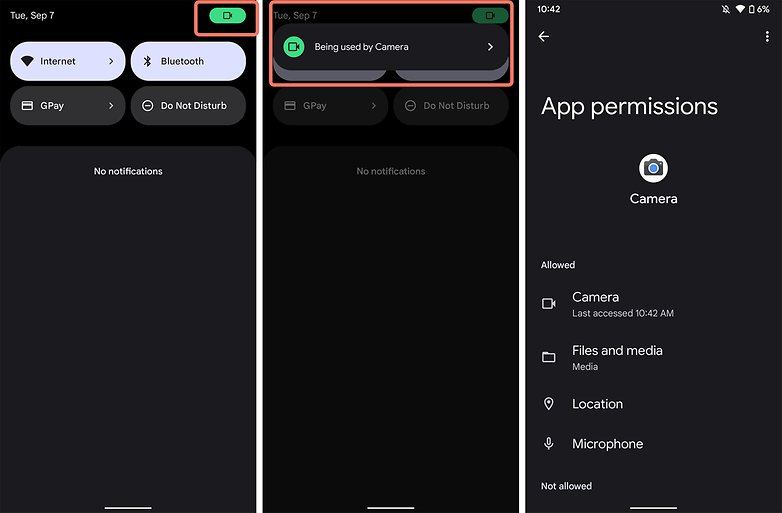
Android Personal Compute Core
Final however not least, if we have been to contemplate the newest rumors which point out that Google might launch the brand new Pixel 6 and Pixel 6 Professional fashions on September 13, Android 12’s official announcement would be extraordinarily shut. As we already know, the sixth technology Pixel line is manufactured utilizing Google’s new and unique processor: the Tensor.
Among the many most important options discovered on this SoC are the deal with Synthetic Intelligence (AI) and Machine Studying (ML), in addition to privateness assured by the mixing of the Titan M2 module.
In phrases of software program, we’ve got the “Android Personal Compute Core” expertise, which performs the processing of non-public data in Android 12 domestically on the smartphone itself. This supplies customers with a safe partition on the system, much like the one used to avoid wasting passwords and biometric information, being centered on processing information from AI and ML options. This implies the information stays in a non-public area whereas nonetheless being out there for system-level features.
And that is how options like Dwell Caption, Good Replay or Now Enjoying will deal with all audio, content material, and language processing on the machine, remoted from the community to safe individuals’s privateness. This manner, you may obtain options primarily based in your interactions with individuals, apps, and content material in a non-public method.
How is that this assured? At any time when your smartphone shops data to make personalised options, it’s encrypted earlier than being saved. So, the smartphone does not stash any data that’s used to make private options to your Google Account other than data used to advocate apps. It’s because when you change smartphones, the system can nonetheless advocate apps.
This manner, all data is encrypted each time the backup is made. Moreover, Personal Compute Core’s protections are open-source and is accessible to all the safety neighborhood. The function will also be accessed instantly from the system settings:
- Open System Settings.
- Navigate to Privateness > Personal Compute Core.

From right here, you may take a look at and perceive simply what data is saved instantly in your smartphone, similar to video subtitles, podcasts, audios and calls, actions associated to your notifications, or textual content options. Additionally it is by way of this menu that one can disable keyboard options or clear the information that has been discovered by the working system prior.
The Privateness Panel and all of the options recognized on this article have been nonetheless being examined within the Beta 4 model of Android 12 (SPB4.210715.014), on a Pixel 3. Due to this fact, some settings or data might change with the discharge of the official model of the brand new working system, and can also be very a lot depending on the smartphone mannequin that you just use.
So, what do you consider the information regarding privateness and transparency within the working system options which are out there within the subsequent model of Android? Share your ideas with us within the feedback!
[ad_2]

